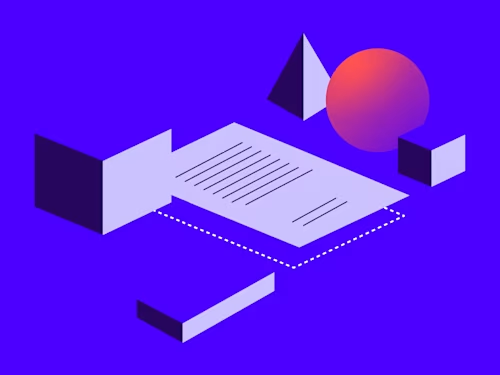
Simplifying Modern Onboarding With Digital Identity
Welcoming new hires with countless forms is not just inefficient, it also negatively impacts the overall employee experience.
Table of contents

The employee onboarding experience is one of the first touchpoints an employee has with your organisation and can make or break how your new employee feels about the company and their first few weeks in the job. When done correctly, onboarding can lead to reduced employee turnover. Research by Glassdoor indicates that organisations with a strong onboarding experience improve new employee retention by 82% and productivity by over 70%. If the process is inefficient, it negatively impacts the employee experience. The employee onboarding process is complex, and often new employees are welcomed with countless forms and contracts to complete. In Australia, you must check an employees right to work and their identity. You have to review one of a number of specific documents such as a passport, birth certificate or national identity card.
A manual and inefficient onboarding process can also take up valuable time your HR team could be devoting toward other, more strategic initiatives.
Onboarding can be the first indicator to a new employee of how your organisation operates, and it’s important to make sure people feel welcomed and that they are clear on what’s expected of them. An efficient and effective onboarding process should help to:
Alleviate anxieties for the new employee
Streamline and reduce the amount of paperwork that needs to be completed
Free up your HR team to devote more time to other initiatives such as diversity and inclusion or implementing a new benefits policy.
Updating the Onboarding Process
Many organisations agree that their onboarding systems and process are outdated. One hurdle to overcome is the requirement for employees to provide their employer with a government-issued ID such as a passport or driver’s licence. An HR professional then needs to validate each new employee’s ID to verify that the person is who they say they are. This process can be manually intensive if the HR team need to make a copy of the ID, store that copy and then give the ID back to the employee. Managing this process remotely can take longer. Depending on how many new hires you need to onboard, this can take days and delay a new employee’s potential start date. The identification process can be updated by automating this process with Digital ID.
A Digital Identity Alternative
So what is the solution to the ID challenge? A digital onboarding experience can simplify and speed up the identification process. Docusign’s ID verification tool combined with the use of Docusign eSignature can allow applicants to sign forms electronically and seamlessly capture and validate employee IDs. Digital Identity Verification can support a remote employee onboarding process and create a more seamless experience for all. Docusign Identify supports many types of government photo IDs such as passport, driver’s licences and identity cards along with eID programmes.
The ID Verification tool scans the new hire’s government-issued ID. It cross-checks the name on the email they provided to their employer to the name on their ID, maintaining compliance through security verification protocols. The tool also supports European and US IDs and is fully integrated with Docusign eSignature. It makes it an easy transition for HR teams already using the Docusign Agreement Cloud.
With the introduction of Digital ID, HR professionals can say goodbye to manual printing, scanning, copying, and filing of new hires’ IDs and let the technology do the work for them.
Are you ready to simplify the employee onboarding experience? Find out how Docusign can help.
Related posts
Docusign IAM is the agreement platform your business needs


